Navigating Sanctions: Russia’s Prolific Drone and Armament Output in 2023
Despite facing heavy Western sanctions, Russia’s military-industrial complex has shown remarkable resilience in 2023. Notably, the Russian Armed Forces have received an impressive influx of military equipment, including a staggering 22,000 drones, thought to have come primarily from China and include well-known brands like DJI and Autel.
Unwavering Military Supplies in Challenging Times
According to TASS, citing end-of-year papers from the Russian Defense Ministry, the Russian military’s inventory was significantly bolstered.
The report reveals a sufficiency level of over 84%, including shipments of more than 1,500 tanks, over 2,200 armored combat vehicles, in addition to more than 1,400 rocket and artillery vehicles.
READ: AUTEL ROBOTICS IMPLEMENTS NO-FLY ZONES IN CONFLICT AREAS TO PREVENT DRONE MISUSE
The highlight, however, was the procurement of over 22,000 unmanned aerial vehicles (UAVs), marking a substantial enhancement in Russia’s aerial surveillance and combat capabilities.
Strategic Shifts Amid Sanction Pressures
The Western sanctions have undoubtedly strained Russia’s access to critical components, particularly those used in advanced weapon systems.
In response, Russia has demonstrated strategic adaptability by forging new supply chains, with China emerging as a key player.
The Chinese contribution, notably in the form of semiconductors and drones, has been crucial in keeping Russia’s defense production line active.
The Drone Factor: A Game Changer in Warfare
The infusion of a large number of drones, predominantly from Chinese manufacturers like DJI and Autel, has been a game changer for Russia.
These UAVs, known for their advanced technology and versatility, have likely played a pivotal role in enhancing Russia’s reconnaissance and combat strategies in the ongoing conflict with Ukraine.
The substantial drone fleet indicates a strategic emphasis on aerial intelligence and warfare, a domain where UAVs are increasingly becoming indispensable.
Russia’s Defense Industry: Adapting and Evolving
Despite the sanctions and the consequent financial strain, Russia’s defense sector has shown remarkable resilience.
By realigning its focus towards supporting the troops in Ukraine and establishing alternative supply routes, the industry has managed to not only sustain but also boost its production capabilities.
This shift, however, has come at a cost, with a reported decrease in Russian arms sales and added pressure on the Kremlin’s budget.
The Unforeseen Consequences of Sanctions
The sanctions, aimed at crippling Russia’s military capabilities, have inadvertently led to significant strategic shifts in the global arms industry.
Russia’s successful maneuvering to maintain and even enhance its military production, especially in the realm of Drone Technology, underscores the complexities and unforeseen consequences of international sanctions in modern warfare.
The evolving landscape of military technology, with an increased reliance on UAVs, signifies a new era in combat strategy, where adaptability and innovation become key to survival and dominance on the battlefield.
DJI’s actions to prevent their drones being used in combat
DJI Technology Co, the world’s largest drone manufacturer, temporarily suspended its business in Russia and Ukraine as of April 27, 2023.
This decision was made to ensure that its products were not used in combat, following concerns about the use of DJI drones in the ongoing conflict between Russia and Ukraine.
Despite this suspension, more than a year after DJI’s initial announcement to cease operations in these Countries, DJI drones continue to play a significant role on the battlefield.
This indicates that the drones already in the region prior to the suspension are still being used or that DJI products are finding their way into these countries through other channels.
The move to halt sales in Russia and Ukraine came after the Ukrainian government requested DJI to stop doing business in Russia and to remotely block the country from using DJI’s drones in Ukraine.
This request reflects concerns over the potential military application of these drones, including their use for navigating missiles by Russian troops.
Overall, DJI’s suspension of sales in Russia and Ukraine was a response to the complex situation where its products were being used in a conflict setting, contrary to the company’s intentions.
However, the continuing presence and use of DJI drones in the conflict indicate the challenges in completely preventing the use of commercially available technology in military operations.
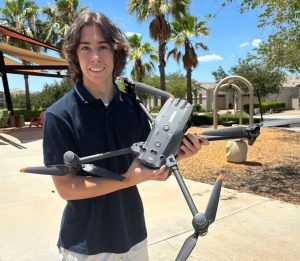

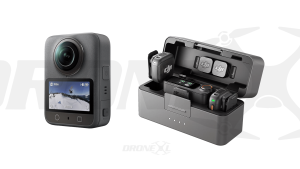

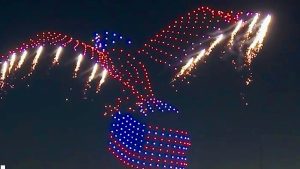

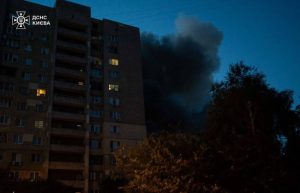


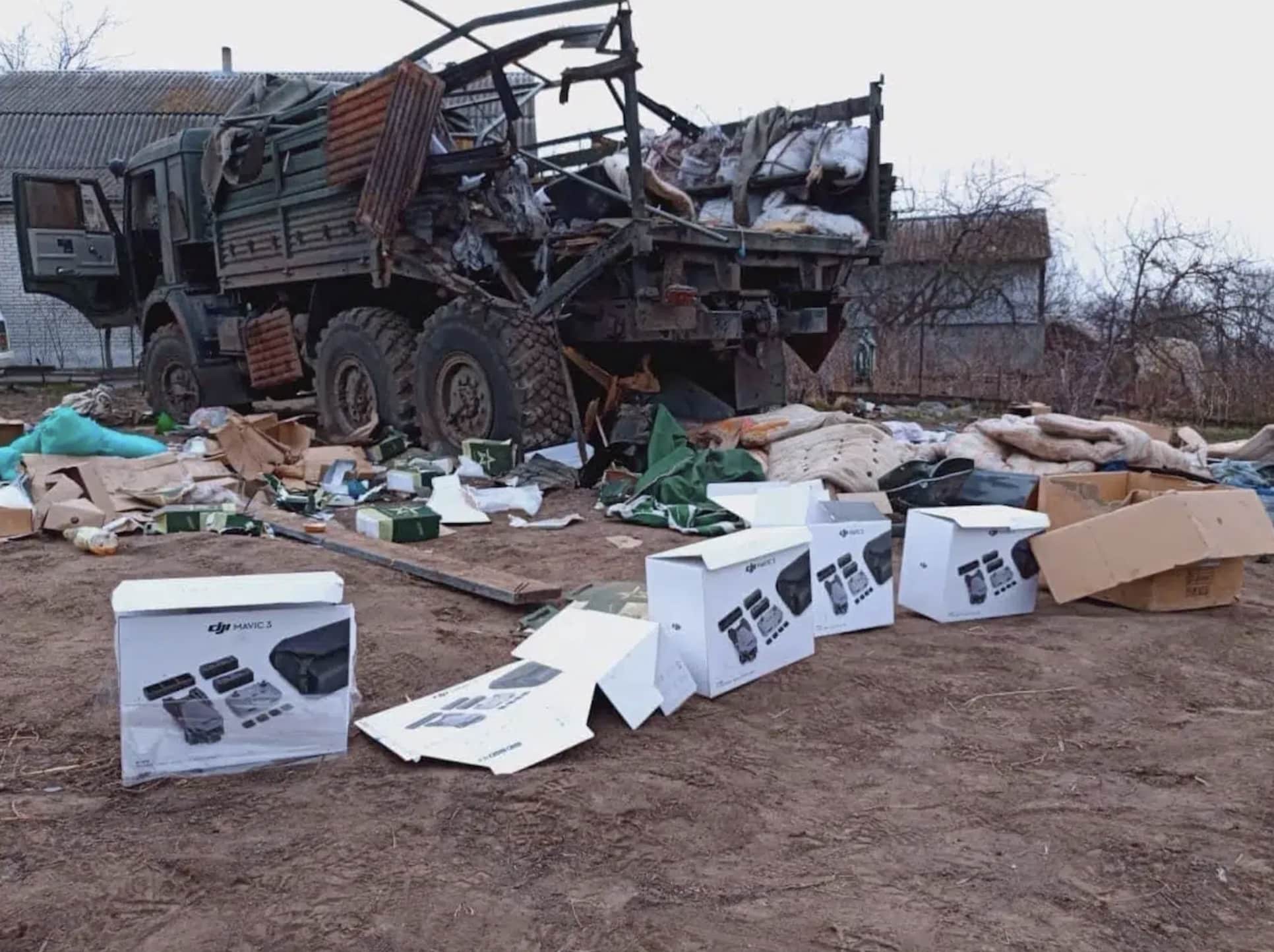

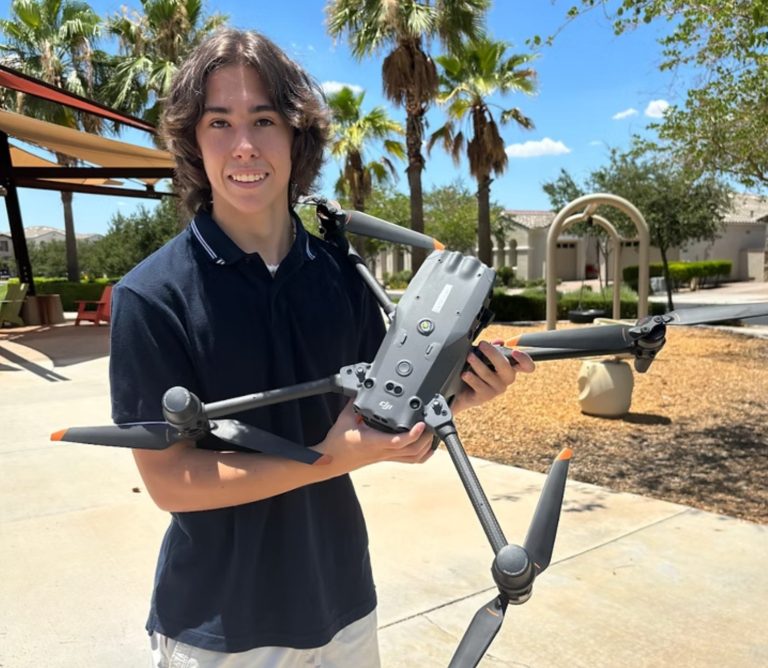
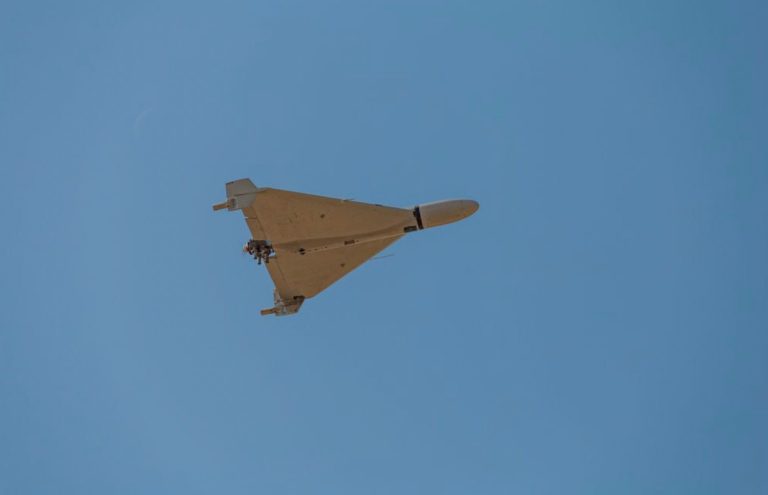


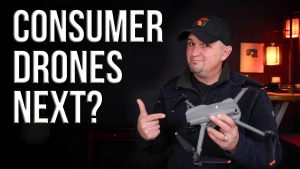
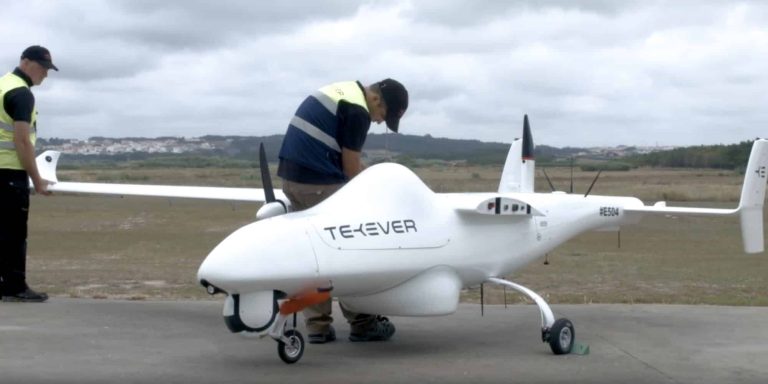
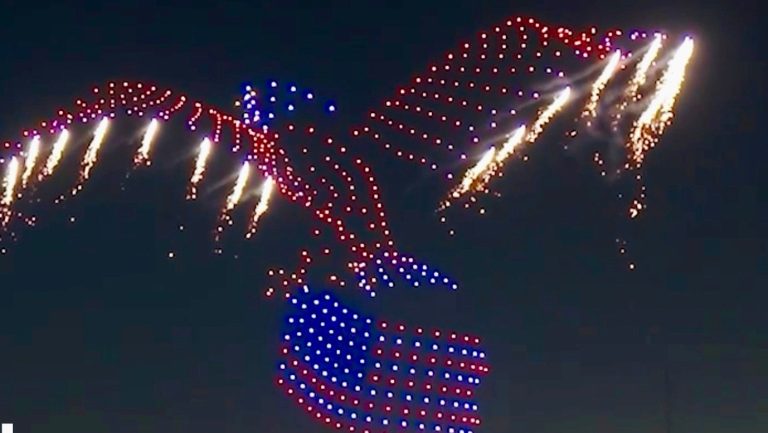
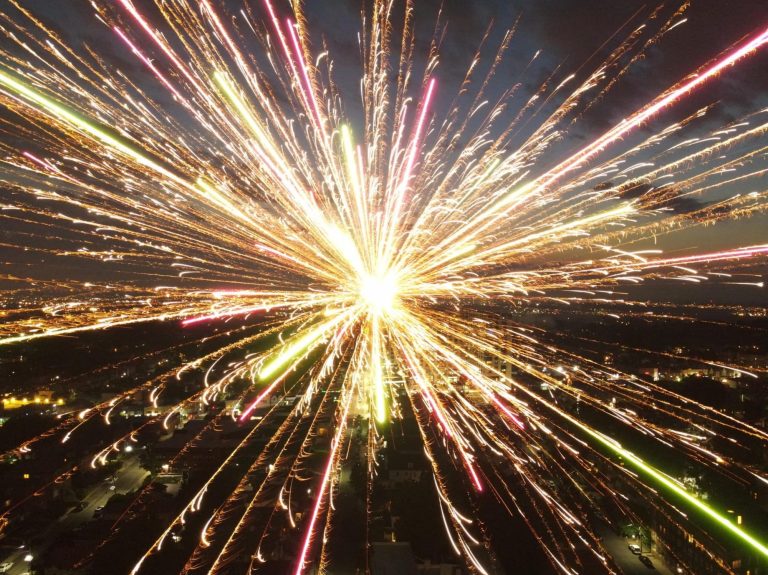
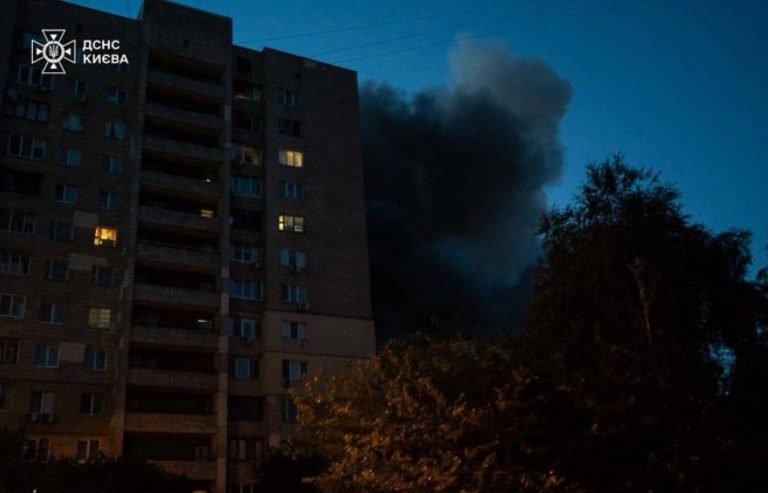

+ There are no comments
Add yours